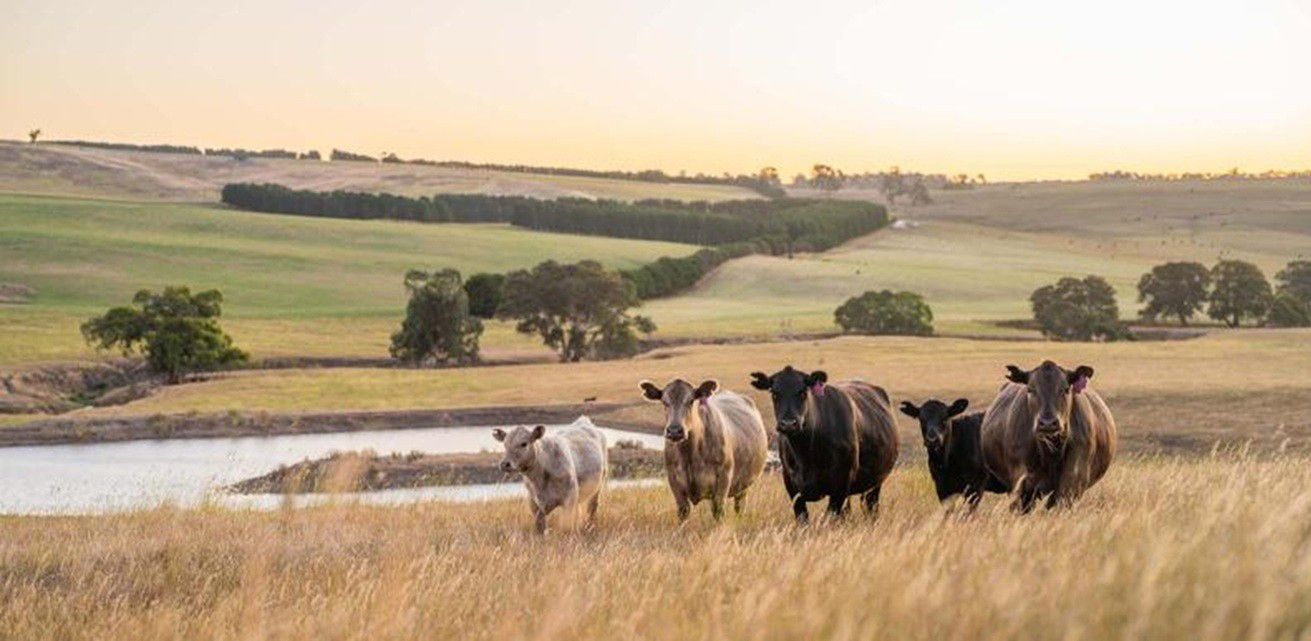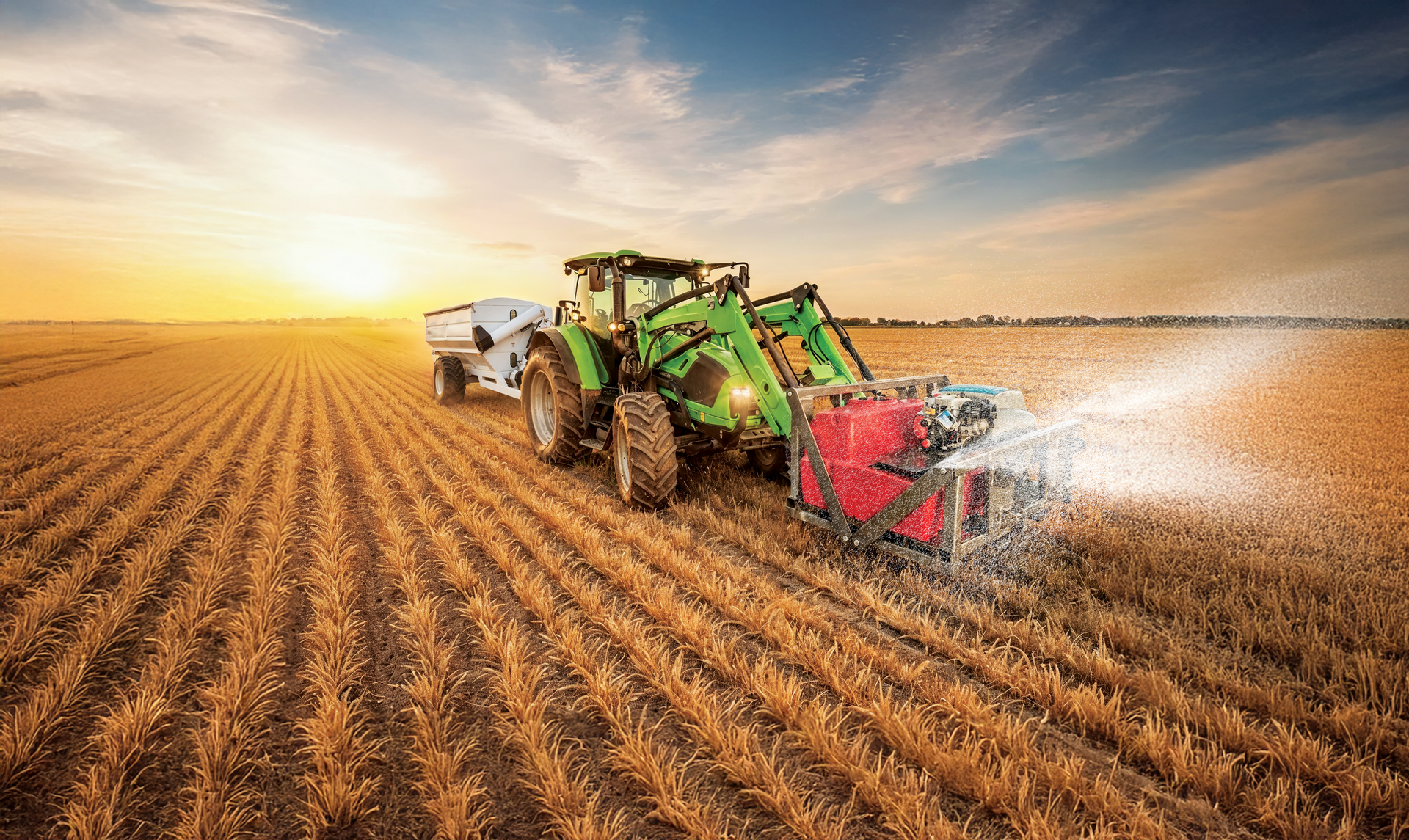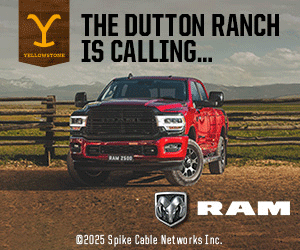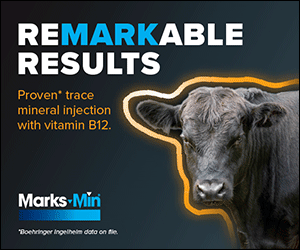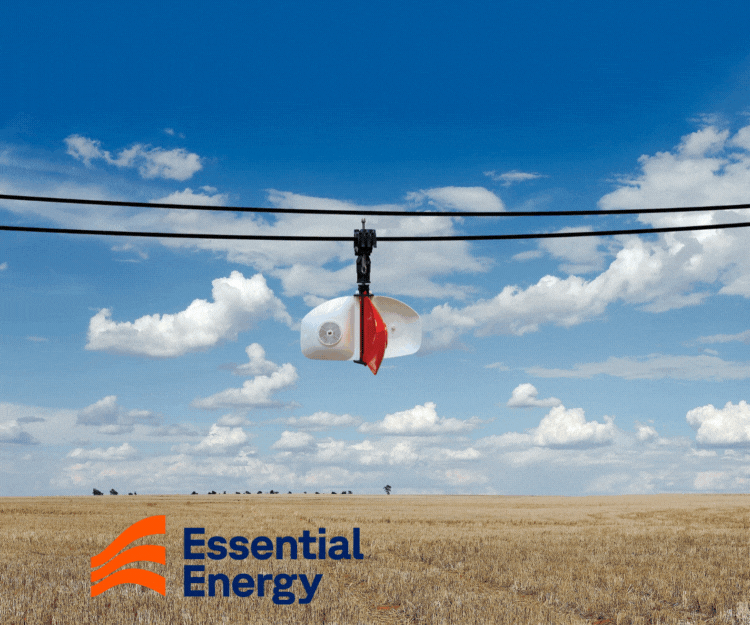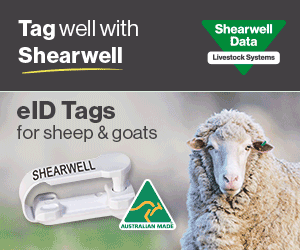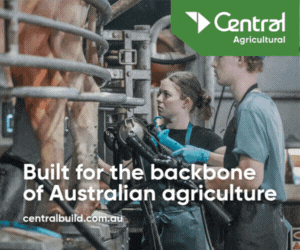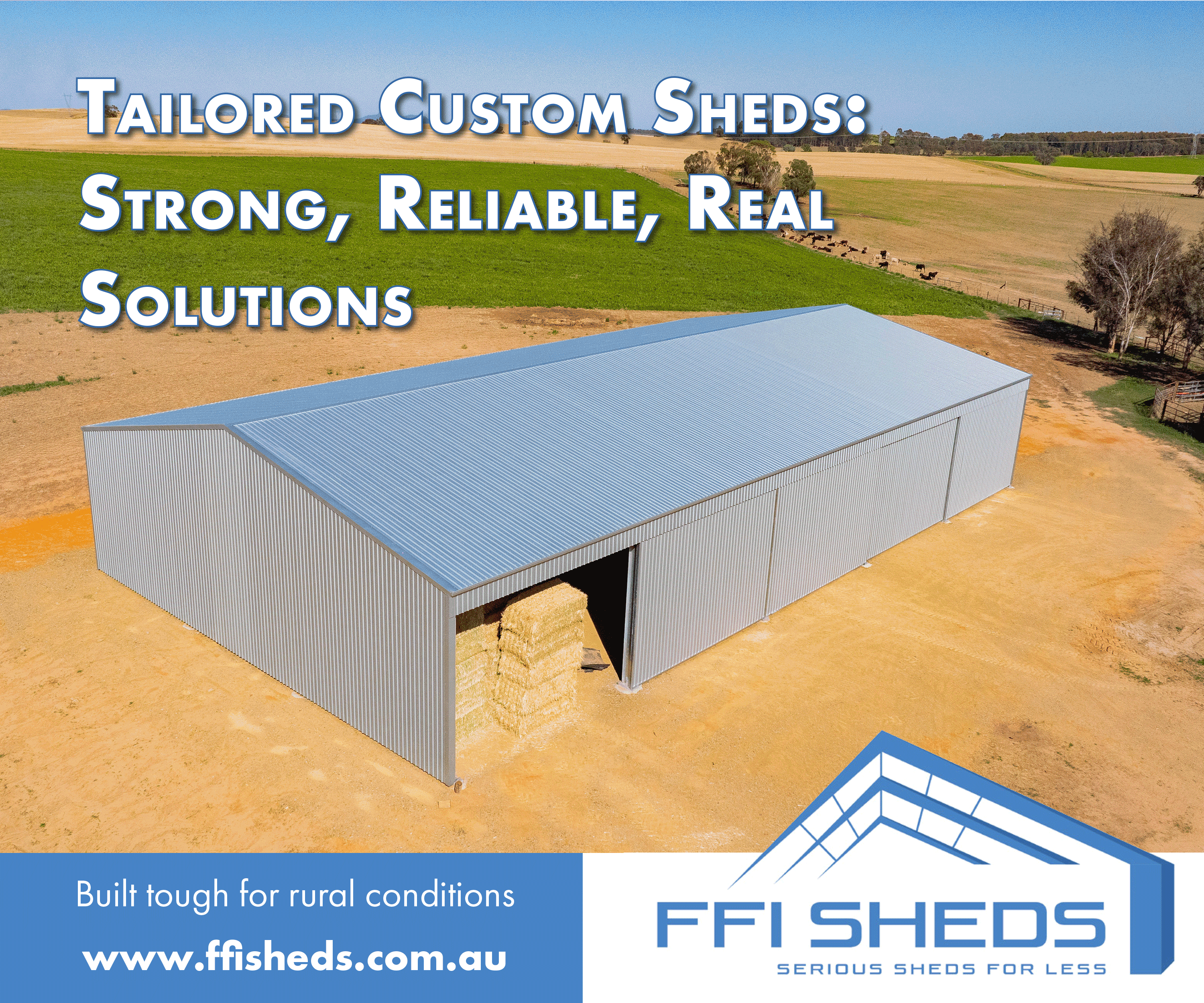1MG FlippingBooks
Simplifying Livestock Tracking with Easy Online Ordering
The introduction of ear tags for cattle began in Australia in the mid-20th century as a way to improve upon earlier identification methods such as branding. Ear tags provided a more humane and flexible way to mark and track individual animals. Now Yolla Co-op have come up with an easier way to order tags.
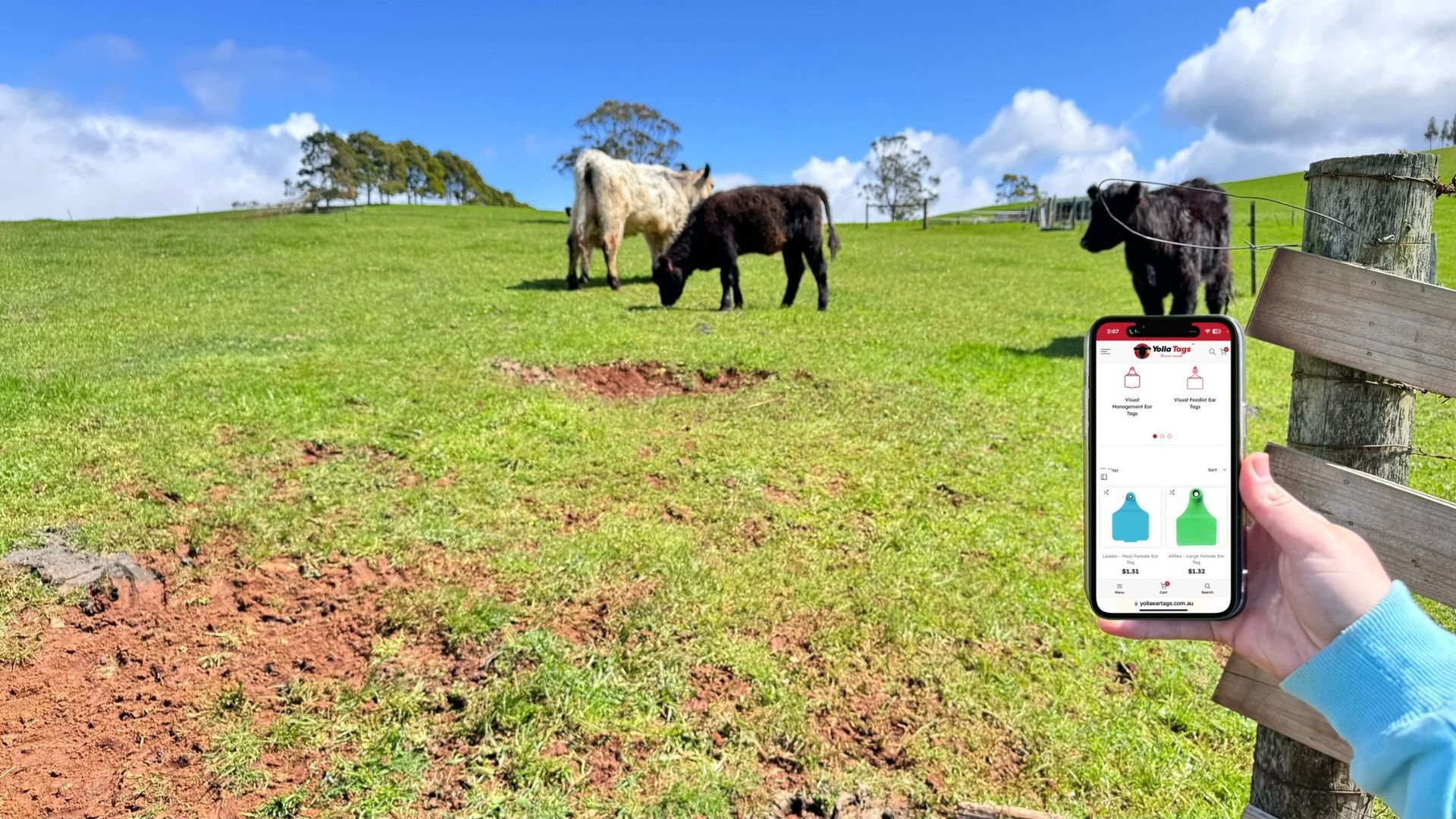
Starting with hazelnuts at Hagley Station, south west of Launceston, tourists can follow the “tasting trail” and sample berries, honey, chocolates, olives, truffles, and oysters, and wash it down with craft beer, cider, wine, and coffee. The many dairy farms in the area offer cheese—both cow and goat—and ice cream.
These are the North West Tasmanian producers whom Yolla Co-op has been servicing for the last 46 years. According to Ben Davies, Yolla’s General Manager, the Co-op was started by farmers who wanted to be able to “buy better”. “That business has continued to grow to the point now where we have three stores across the north-west coast employing over fifty staff and almost 2000 members,” Ben says.
One of the essential products supplied by Yolla are ear tags for livestock, and recently they have come up with an innovative way to get the correct ear tags to farmers. Previously, farmers would give Yolla the names and numbers they wanted printed on the tags, but often mistakes were made, which is an expensive problem if a farmer receives several thousand incorrect tags.
Under the National Livestock Identification System, all cattle, and from 2025 all sheep, in Australia are required to have a unique electronic ear tag—often referred to as an RFID (Radio Frequency Identification) tag—that is linked to a central database. These tags contain a microchip that stores the animal's identification number, which can be scanned to access information about its origin, movements, and health status. This system allows for rapid tracing of animals in the event of a disease outbreak, which is crucial for protecting both the livestock industry and public health.
“So we asked ourselves ‘how do we really give the farmer a better user experience with ear tags?’” says Ben. The answer was to design an online tool so farmers can visualise their ear tags before they purchase them. “You can have different texts, logos, numbers, you name it.”
The online tool was originally created for farmers in North-West Tasmania, but since it was launched in May, Yolla have made deals with the tag manufacturers in Australia and New Zealand and now the tags can be sent anywhere in Australia. A separate website was developed exclusively for the ear tags and Yolla had one hundred orders in the first month.
“The farmers can see exactly what their tags look like before they buy and then just hit the button,” Ben says. “It’s so easy they can do it in their pyjamas.”

Website: https://yollaeartags.com.au/
Email address: eartags@yollaproducers.com.au
